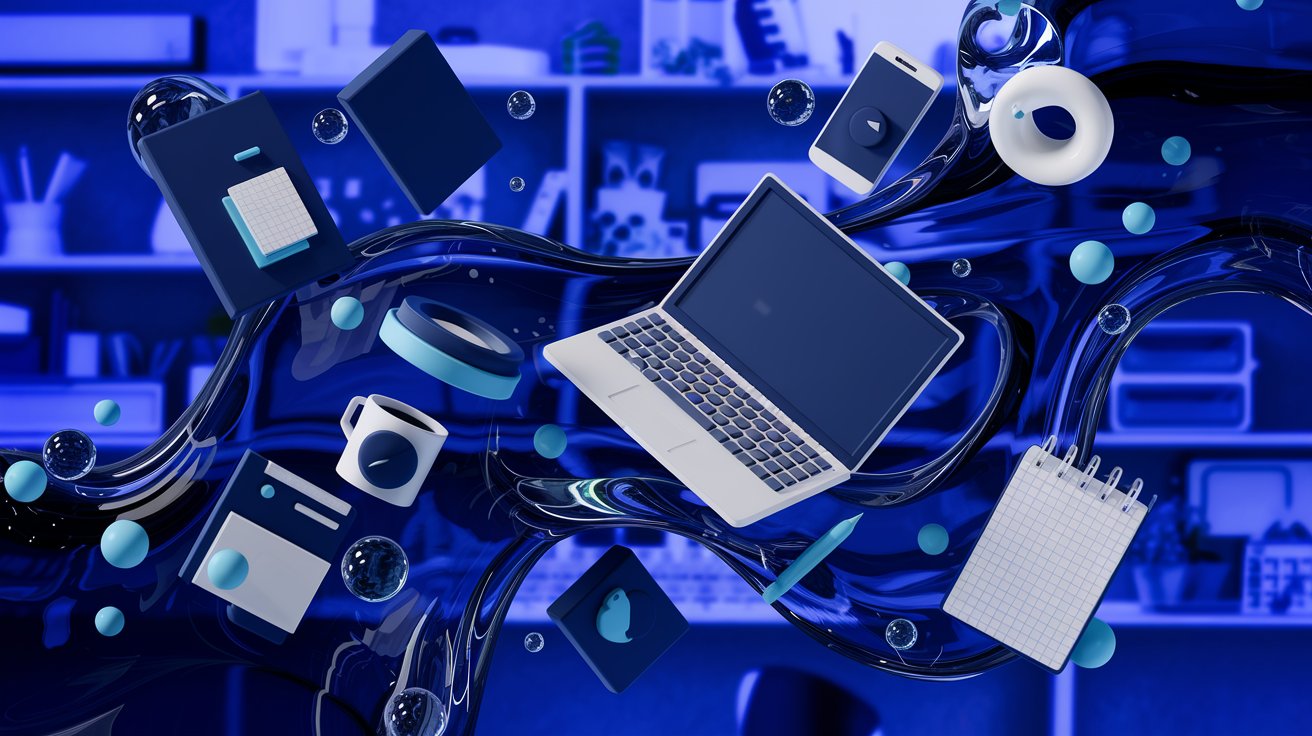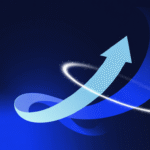Do you ever feel like you’re sending the same email over and over again?
Maybe it’s an introductory email to a new customer. Or a follow-up to a prospect you just had a great call with. Whatever it is, it can feel repetitive and time-consuming.
The good news is that you can automate these sales sequences and free up your time to focus on more strategic sales activities.
In this post, we’ll break down what a sales sequence is and share tips for building and automating your own.
1. Start with a goal in mind
What action do you want your prospect to take? Do you want them to book a meeting with you? Do you want them to sign up for a free trial of your product? Or maybe you want them to register for a webinar.
Whatever the case may be, it’s important to define the goal of your sales sequence before you start writing any emails. This will help you to create a clear and compelling call-to-action in every email in your sequence.
It will also help you to determine how many emails you need in your sequence in order to achieve your goal. For example, if your goal is to get your prospect to book a meeting with you, it’s likely that you’ll need a longer sequence of emails in order to build enough trust with your prospect to get them to take that action.
2. Use a CRM to track your progress
As with any sales process, tracking your progress in sales sequences is essential — and a reliable sales CRM can help you do just that. This will help you identify any areas where you need to make adjustments and it will also help you see what’s working so you can do more of it.
Using a CRM software to track (aka Lead Tracking Softwares) your progress is a great way to do this. You can use the CRM to keep track of which leads you’ve contacted, which ones you haven’t, what stage of the sequence they’re in, and more. If you’re sharing progress reports or coaching teammates, a screenshot editor can help annotate CRM dashboards or email examples clearly and efficiently.
This will help you stay organized and it will also help you see what kind of progress you’re making with your sales sequences.
3. Personalize your messaging
Personalization is a must in today’s sales world. In fact, 72% of business buyers expect sales reps to personalize their outreach.
When it comes to personalizing your sales sequences, you can start by writing a custom opening message focused on your prospect.
Incorporating sales AI agents into this process can further enhance personalization by analyzing prospect data, predicting buyer behavior, and suggesting tailored messaging. These AI-driven tools help streamline outreach while maintaining a human touch, making your sales efforts more efficient and effective.
In your opening message, you can mention a recent win or challenge they’ve faced and offer a compliment.
This will help you build rapport and show that you’ve done your homework.
4. Keep it short and sweet
We’ve all been there — you sign up for a new product and the welcome email is a novel. It’s overwhelming and you probably don’t want to read it.
Keep your sales sequences short and sweet. This means not sending a wall of text in an email, and not sending 10 emails in a row or forgetting to perform domain warmup. Your sales sequence should be as long as it needs to be to get your prospect to take action.
If your sales sequence is getting long, look for opportunities to condense it. You can do this by combining emails, or by removing emails that don’t have a clear purpose or data.
5. Use a conversational tone
When you’re writing your sales emails, it’s important to remember that you are speaking to a real person. This means you should use a conversational tone in your emails.
Avoid using overly formal language, and don’t be afraid to use contractions and slang. Just be sure to keep your language professional and on-brand.
Using a conversational tone will help you build a connection with your prospect and make them more likely to engage with your email.
If you are using an AI email writer, make sure to tell the tool to keep the overall messaging and tone human, conversational and relatable.
6. Provide value
When you’re trying to sell something, it can be easy to get caught up in the idea of just talking about your product or service. But, if that’s all you do in your sales sequence, you’re not going to get very far.
Instead, make sure you’re providing value to your leads. This means giving them something that’s going to help them, even if they don’t end up buying from you.
For example, you could send them a free ebook, invite them to a webinar, provide them with a discount code, or share a helpful resource like a timeline that visually breaks down key steps in their decision-making process..
You can also offer value through a referral program—tools like ReferralCandy make it easy to reward your leads for spreading the word, even before they convert, turning your audience into a growth engine. The more value you provide, the more likely they are to buy from you in the end.
7. Use humor to your advantage
Who doesn’t love a good laugh, especially when it comes to sales? Humor can be a fantastic way to build rapport and break the ice with a potential customer.
In this sales sequence, the rep uses humor to lighten the mood and make a point about the customer’s current process. This is a great way to position your product as a solution to a problem without being pushy or negative.
If you decide to use humor in your sales sequences, just be sure to keep it light, and make sure it’s appropriate for your audience.
8. Create a sense of urgency
If you’re selling anything of value, you’re going to have to get used to the idea of creating a sense of urgency in your sales sequences. This is a common tactic for good reason: it works.
If you’re not familiar with the concept, creating a sense of urgency is about encouraging your prospects to act on the opportunity you’re presenting to them. This could be a limited time offer, a limited quantity of product, or a special discount.
It’s important to be authentic in your approach to urgency. If you’re always offering “limited time” deals, your prospects will quickly catch on and your urgency won’t be very urgent.
9. Use social proof
Social proof can be a powerful tool in sales sequences. It helps to build trust and credibility with your prospects, and can even help to overcome objections. There are many ways to incorporate social proof into your sequences, but one of the most effective is to use customer testimonials.
When you’re writing your email copy, try to include a quote from a satisfied customer that’s relevant to the topic at hand. For example, if you’re talking about the benefits of your product, you could include a quote from a customer who has seen those benefits.
You can also use social proof in the form of case studies, reviews, and ratings. These assets not only help close deals but can also support your digital PR efforts—helping your brand gain exposure and credibility across relevant channels.
Just be sure to keep it relevant to the topic at hand, and don’t overdo it.
10. Include a call to action
Your sales sequence should include a call to action at the end of every email. This is where you tell your prospect what you want them to do next.
The call to action can be as simple as asking your prospect to reply to your email if they’re interested in learning more about your product or service. You can also include a link to your website where they can learn more about what you’re offering.
Just be sure to make your call to action clear and easy to follow. You don’t want to leave your prospect guessing about what they should do next.
11. Test options
In sales, you’re often asking for a commitment, whether it’s a commitment to buy, to meet, or to sign a contract. People are more likely to commit when they feel like they have a choice in the matter.
At the end of each step in your sales sequence, give your leads options for what they want to do next.
For example, you could give them the option to book a meeting, ask a question, or schedule a product demo.
By giving leads the option to choose the next step, you’re more likely to get a commitment from them.
Conclusion
Sales sequences are a powerful way to increase your productivity and conversions. With a little planning and the right tools, you can build a sequence that will help you close more deals and delight your customers.



